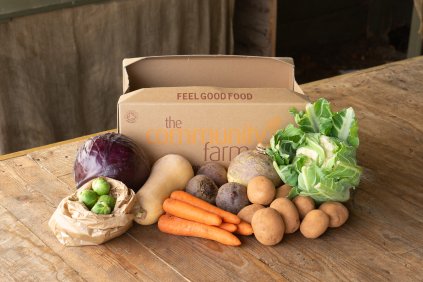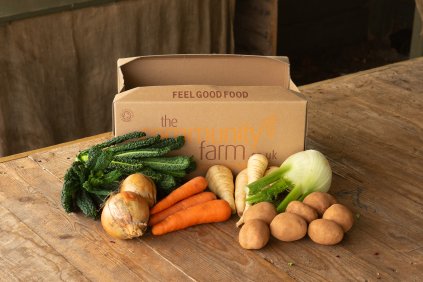We would like to say a big “thank you” to everybody who attended and helped out at our Root Harvest Day last Saturday. Together, we lifted 100kg each of carrots and leeks, 50kg of parsnips and 60kg of swede! Quite an achievement, we think you'll agree.
With autumn finally here and festive times ahead of us we are looking forward to our festive herbal gift making workshop on 10th November. It is to be led by two fantastic tutors from Rhizome Community Herbal Clinic. During the day, we’ll be foraging the farm and taking finds back to our cosy yurt to prepare all manner of wonderful herbal treats, including bath bombs, face creams, liqueurs, brandies and tonics. On the day you’ll make 4 gifts to take away with you for friends and loved ones over Christmas. There’s nothing better than a homemade gift!
Festive, herbal gift-making workshop
Sun 10th November 2013, 10am-4pm,
£42 (members) / £49 (non-members) (10% discount for members)
Please see this link for more info and to book: www.herbal-gift-making.eventbrite.co.uk
Claire Rosling
| This recipe comes from our Autumn Plot to Plate day and comes straight from the kitchen of Antonio Carluccio - our chef (Jo Ingleby) spent a day cooking with him and he showed her this unusual way of cooking polenta to make a polenta “pizza”. This dish is a soupy style braised vegetable “minestra” which comes from the Naples area. The polenta on its own is fairly plain, but is delicious served with the vegetables, soaking up their flavours and juices. It serves 4 and is wheat-free and vegan. |
| Pizza e Menesta Braised Greens with Griddled Polenta Cakes 500g Greens- ideally 1 whole head of Batavia lettuce, or you could use frisse, kale or cavolo nero, spinach, dandelions or purple sprouting broccoli, 4 cloves of finely chopped garlic, 1 tsp dried chilli flakes or chopped fresh chilli, 1 jar good quality Tomato Passata, 2 tbsp capers, 190g quick cook polenta, 220ml boiling water or stock, 2 tbsp extra virgin olive Oil (and extra to fry), salt and pepper.Method Roughly chop the greens and remove any tough cores or stalks, give them a rinse. In a large saucepan which has a lid heat a generous splash of olive oil (about 50ml) when the oil is hot add the garlic and fry until just golden. Add the chilli and then all of the Batavia and caper. Stir once and then add the passata and gently stir. Put on the lid and leave for a few minutes-you need to cook the dish until the leaves have wilted down but don’t leave it too long as they will go soggy. Taste and season well with salt and pepper. Place the polenta in a bowl and pour on the boiling water (or stock) add salt, pepper and a good splash of olive oil and mix with your hands. You want the polenta to feel like a dough-not too sticky-you may need to add a little more polenta or water so that the mixture comes together. Leave to stand for 10 minutes. Heat a frying pan-you can use a very small frying pan and cook the cakes individually or form them into flat burger sized patties (about 2.5 cm thick and 5cm across) first and fry them together in a large frying pan. Add a splash of oil to the pan and add the cakes. Cook on the first side for 5-6 minutes until the polenta is golden and stating to blacken. Flip the cakes over carefully so that the polenta is now cooked side up. Return the polenta to the pan to cook the bottom surface too until it is charred. Serve straight away alongside the braised greens. Antonio explained that the idea is to bring out the flavour of the corn of which polenta is made-he said it should taste like barbequed corn on the cob so don’t be afraid of a little blackening. This is a Neapolitan version of pizza-a flat cake of polenta instead of wheat dough, which is topped with whatever vegetable is in season-it would be lovely made with asparagus, beans, mushrooms or tomatoes- the important thing is that the braised vegetables, or “minestra” (or Minesta in Naples) is really soupy and flavoursome. |













